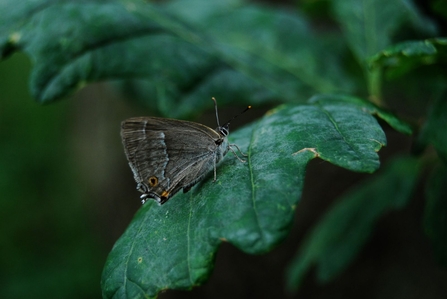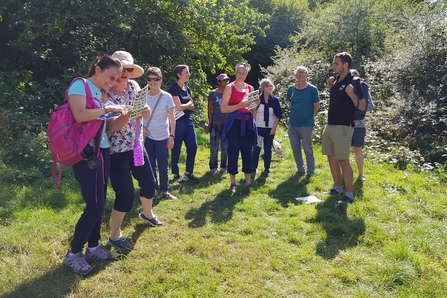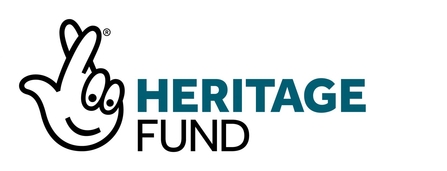In 2018, the Great North Wood project team began two new regular transect surveys at One Tree Hill and Streatham Common. These are weekly, set routes that are devised in conjunction with Butterfly Conservation (Surrey and SW London Branch in this area) and provide data to the UK Butterfly Monitoring Scheme, helping to track national and local trends in these much-loved insects.
London Wildlife Trust launched the Great North Wood project in 2017, supported by Heritage Lottery Fund, and now works with volunteers, community groups, landowners, and councils, to revive and reimagine this ancient landscape as a home for nature and people.
We would like to express our gratitude to the 11 volunteers that shared the new weekly butterfly surveys between them this year, as well as the regular volunteers at Sydenham Hill Wood who continued with their established survey route.






